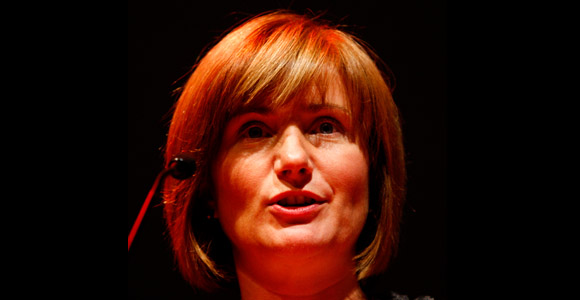Sponsorship – past its ‘sell by’ date? – Pippa Collett
October 9, 2011
In the good old days last century, global sponsorship was the preserve of a select number of companies. Only a handful of sponsorship properties could be considered to have global reach (The Olympic Games, FIFA World Cup, and Formula One Racing). A similarly small number of brands were big enough to pay the premium for gaining mass market brand exposure at a fraction of the cost of a global advertising campaign.
But technology has changed all that. Exponential growth in computing power, the internet and mobile has created a new environment. Brands are now able to reach customers with individual conversations pretty much anywhere in the world.
So why is it that brands continue to invest sometimes seemingly ridiculous sums in sponsorship platforms? The Rugby World Cup is currently enjoying the patronage of Mastercard, Heineken and DHL, amongst others, even though it is being hosted in a time zone that makes for late nights or early starts for the majority of rugby playing nations.
Next summer sees the ultimate sponsorfest in London with the Olympic and Paralympic Games coming to town. The London Organising Committee for the Olympic Games (LOCOG) recently announced it had achieved revenues of over £700m ( that’s over 1 billion US Dollars) from its domestic sponsor programme. At a quoted £40-80 million for a Tier 1 sponsor, and something in the region of £15-25m for a Tier 2, which must then be at least doubled cover sponsorship activation, what is motivating brands to make these sorts of investments when more direct, cheaper conversations are possible?
The answer lies in objectives. Sponsors have woken up to the fact that sponsorship has the potential to deliver so much more than mere brand exposure. The European Sponsorship Association has identified three clusters of objectives: brand building, commercial gains and stakeholder engagement.

Given that, as a clean stadia event, the Olympics offers no old-style brand exposure, Games sponsors must have other targets in mind when contemplating an Olympics investment.
Some are focused on sales. Coca Cola reportedly sees a global sales uplift of 40% around a Summer Games. Similarly, GE reported sales exceeding $700m from their Beijing sponsorship prior to the 2008 Games beginning.
Others have employee engagement as a priority. Lloyds TSB is one company using employee engagement to deliver brand and sales growth through its London 2012 sponsorship. Inspiring staff to be better than their best is a key pillar of Cisco’s activation programme as it re-energises its team to focus on core business.
But what binds proficient sponsors together is an understanding of how a sponsorship platform enables them to leverage fans’ interest to create brand engagement, whether that’s B2B, B2C, B2E or other stakeholders. Their business cases are predicated on hard numbers –affinity, sales, churn, share price – that makes a global sponsorship investment a business imperative. So sponsorship is no longer merely the Chairman’s whim. It is a finely honed tool in a marketer’s arsenal and, at the investment levels these global platforms are commanding, not one to be treated frivolously.
Pippa Collett: Since gaining and MBA from Cranfield, Pippa Collett has become a leading sponsorship practitioner with an extensive client-side career at Shell, American Express and Rank Organisation. Her global sponsorship experience covers the full spectrum from Ferrari in Formula One and the Olympics to cultural projects including The Olivier Awards and The Unilever Series. She joined Sponsorship Consulting in 2006 to work with blue-chip clients such as Siemens, Standard Chartered Bank and Cisco.
As Vice-Chair of The European Sponsorship Association, Pippa has led on key aspects of the developing sponsorship agenda including authorship of ESA’s Sponsorship Assessment & Evaluation Guidelines and introducing the concept of Continuing Professional Development.
{jcomments on}


